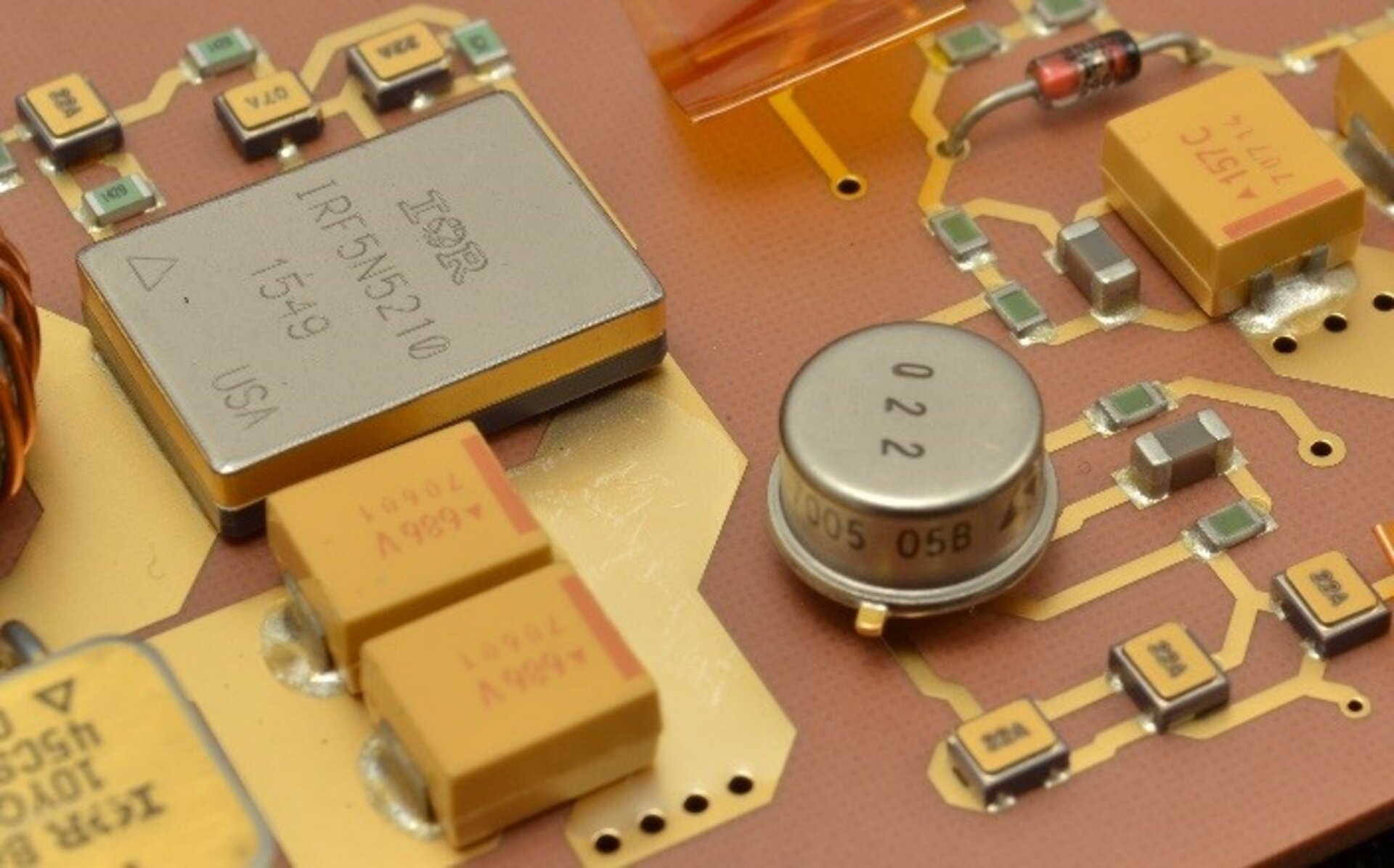Do electronics need their own climate system on Mars?
In missions involving extreme environmental conditions, such as the huge day-to-night temperature variations on the Martian surface, an exploration vehicle can be exposed to temperature ranges significantly outside the specification of the on-board electronics. Often, this is mitigated by placing the electronic parts in a box at a constant temperature.
But enclosing the electronics in their own climate uses a lot of power so finding parts that don’t merely survive but thrive operating in low temperatures is vital to future missions.
A TDE activity with AAC-Clyde Space in Sweden and the UK has been testing components and materials to see which components can do just that.
After testing a huge number of circuits and parts to see if they could operate down to -100oC the activity then designed and built circuit blocks using these parts and solder materials to see if they could survive being cycled between 60oC and -120oC over 200 times.
After these tests the activity showed that the heated box is not always necessary. Instead, by distributing certain parts close to sensors and actuators the electronics survive in extreme temperatures at both ends of the scale.
Next, the activity will expand to evaluate even more components and test them under ever harder conditions.
TDE activity T321-001MT closed in 2018.















 Germany
Germany
 Austria
Austria
 Belgium
Belgium
 Denmark
Denmark
 Spain
Spain
 Estonia
Estonia
 Finland
Finland
 France
France
 Greece
Greece
 Hungary
Hungary
 Ireland
Ireland
 Italy
Italy
 Luxembourg
Luxembourg
 Norway
Norway
 The Netherlands
The Netherlands
 Poland
Poland
 Portugal
Portugal
 Czechia
Czechia
 Romania
Romania
 United Kingdom
United Kingdom
 Slovenia
Slovenia
 Sweden
Sweden
 Switzerland
Switzerland

























